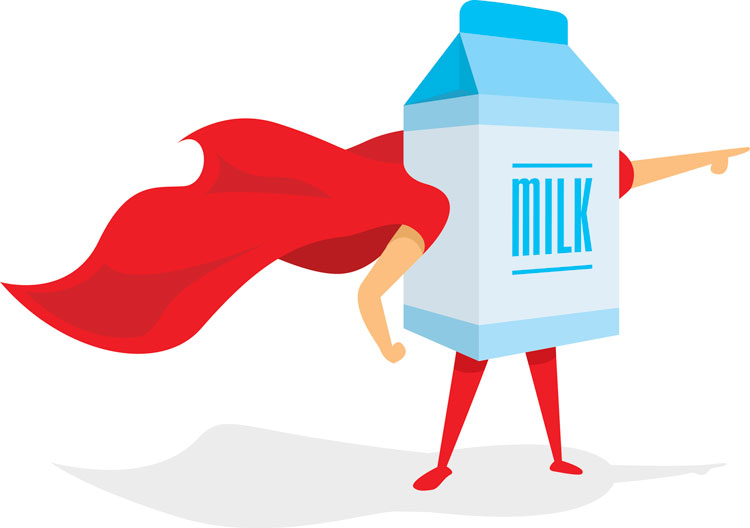
From 1990 to 2010, the United States saw constantly expanding school-age populations. Since then, the number of students in school have dropped significantly, and that’s not something that’s expected to change. As overall national population numbers hold steady, it’s expected that school numbers will be flat or falling.
During the August 19 Hoard’s Dairyman DairyLivestream, Cornell’s Andy Novakovic detailed some of the challenges of servicing this important fluid milk market.
“Sales to schools are currently running about 7% but the share of sales has also been slightly declining,” he said of school’s share of fluid milk sales. “So, we’re getting a smaller share of a declining base, and of course, that’s concerning.”
The declining base is just the tip of the iceberg when it comes to challenges presented by the school market.
“Processors understand that selling milk to schools and feeding school children are not the same as selling to McDonald’s or 7-Eleven, but they have to run profitable businesses, and the fact of the matter is, serving schools with little containers of milk is an expensive proposition. These are costly accounts to serve,” he explained.
Those expenses include the aforementioned package size that is much different than commercial accounts, but processors must also be aware of contracts that have unique language and unloading docks that can sometimes be challenging.
“What we’re seeing around the country is fewer and fewer processors that are interested in serving a market that is shrinking and is a clumsy, not-so-profitable market to begin with,” he continued.
Kids are the customers
An additional complication for many processors is that the people making the purchasing decision aren’t the ones consuming it. “I think one of our challenges is to recognize someone else is buying something under some other rulebook when we have an ultimate customer that we want to be excited about our product,” Novakovic shared.
“Schools, which are the ones that are buying milk for the kids, have a couple of government authorities they have to pay attention to because they need funding from them,” he elaborated. “A lot of students in a lot of schools qualify for subsidized meals, so schools have to play by two playbooks. One that says this is what you need to do to qualify for subsidies, but also a local authority that says this is how much money you have to spend on schools.”
An ongoing series of events
DairyLivestream will air twice each month for the remainder of this year. The next broadcast will be on Tuesday, September 1. Each episode is designed for panelists to answer over 30 minutes of audience questions. If you haven’t joined a DairyLivestream broadcast yet, register here. Registering once registers you for all future events.








